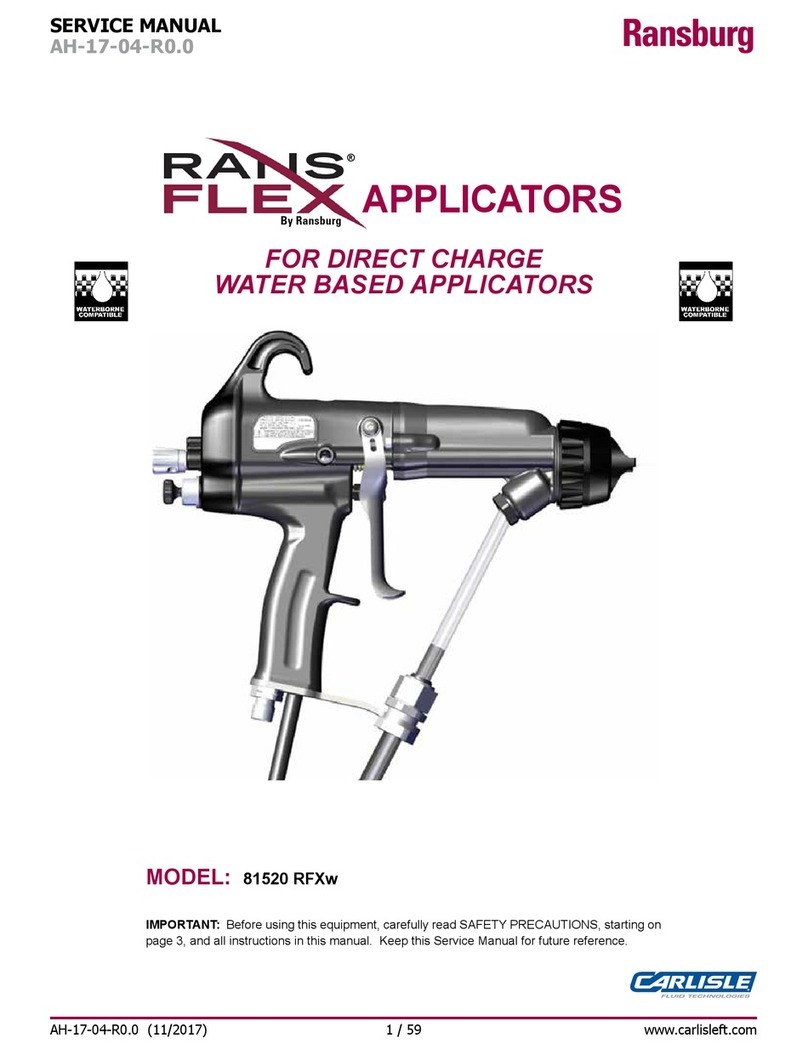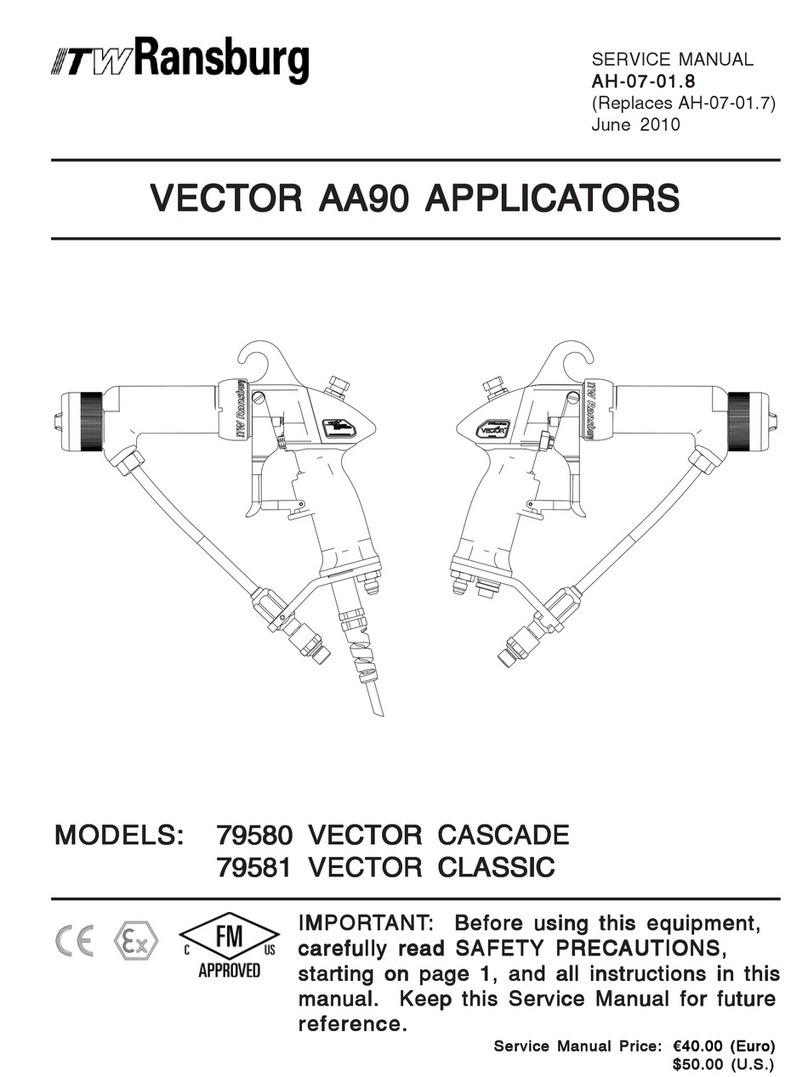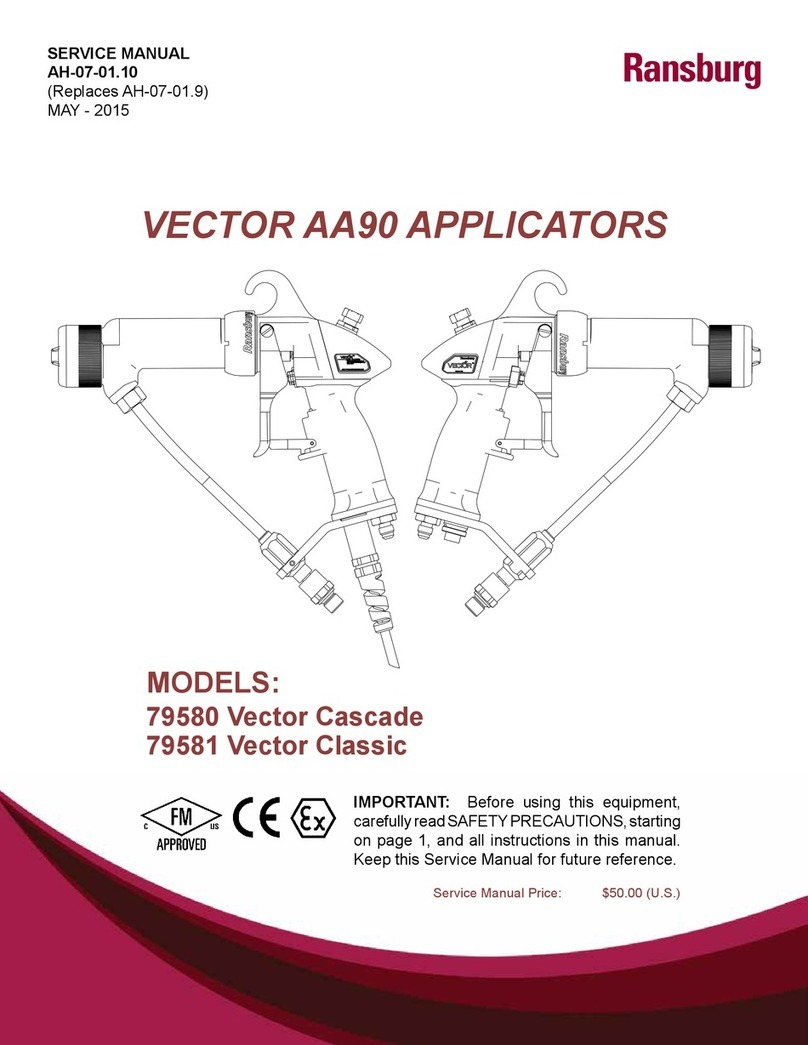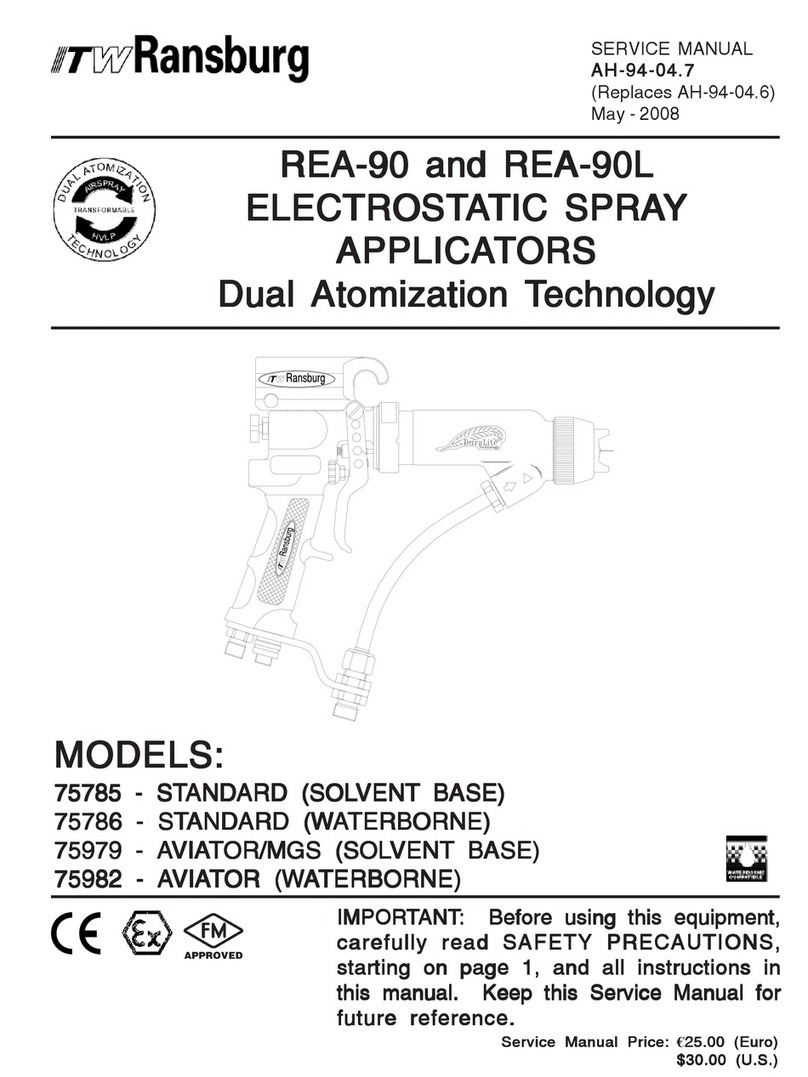
TECHNICAL MANUAL
IL-246-BIL-246-B
IL-246-BIL-246-B
IL-246-B
(Replaces IL-246-A)
January - 2008
IMPORIMPOR
IMPORIMPOR
IMPORTT
TT
TANTANT
ANTANT
ANT: Before using this equipment,: Before using this equipment,
: Before using this equipment,: Before using this equipment,
: Before using this equipment,
carefully read SAFETY PRECAUTIONS,carefully read SAFETY PRECAUTIONS,
carefully read SAFETY PRECAUTIONS,carefully read SAFETY PRECAUTIONS,
carefully read SAFETY PRECAUTIONS,
starting on page 1, and all instructions instarting on page 1, and all instructions in
starting on page 1, and all instructions instarting on page 1, and all instructions in
starting on page 1, and all instructions in
this manual. Keep this Tthis manual. Keep this T
this manual. Keep this Tthis manual. Keep this T
this manual. Keep this Technical Manualechnical Manual
echnical Manualechnical Manual
echnical Manual
for future reference.for future reference.
for future reference.for future reference.
for future reference.
ITW RANSBURGITW RANSBURG
ITW RANSBURGITW RANSBURG
ITW RANSBURG
REA™ AND VECTREA™ AND VECT
REA™ AND VECTREA™ AND VECT
REA™ AND VECTOR™OR™
OR™OR™
OR™
APPLICAAPPLICA
APPLICAAPPLICA
APPLICATT
TT
TORSORS
ORSORS
ORS
ELECTROSTELECTROST
ELECTROSTELECTROST
ELECTROSTAA
AA
ATICTIC
TICTIC
TIC
SPRASPRA
SPRASPRA
SPRAYY
YY
Y
TECHNIQUESTECHNIQUES
TECHNIQUESTECHNIQUES
TECHNIQUES
TT
TT
Technical Manual Price:echnical Manual Price:
echnical Manual Price:echnical Manual Price:
echnical Manual Price: €15.00 Euro)15.00 Euro)
15.00 Euro)15.00 Euro)
15.00 Euro)
$20.00 (U.S.)$20.00 (U.S.)
$20.00 (U.S.)$20.00 (U.S.)
$20.00 (U.S.)







































